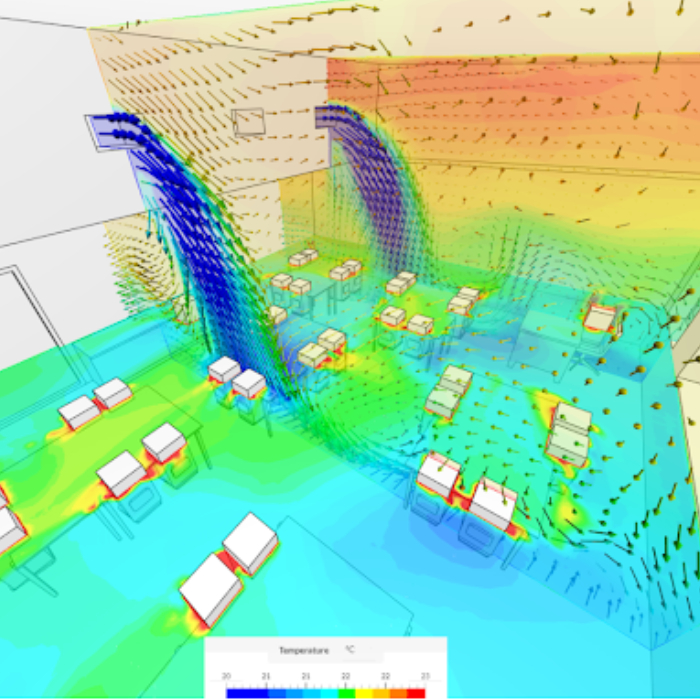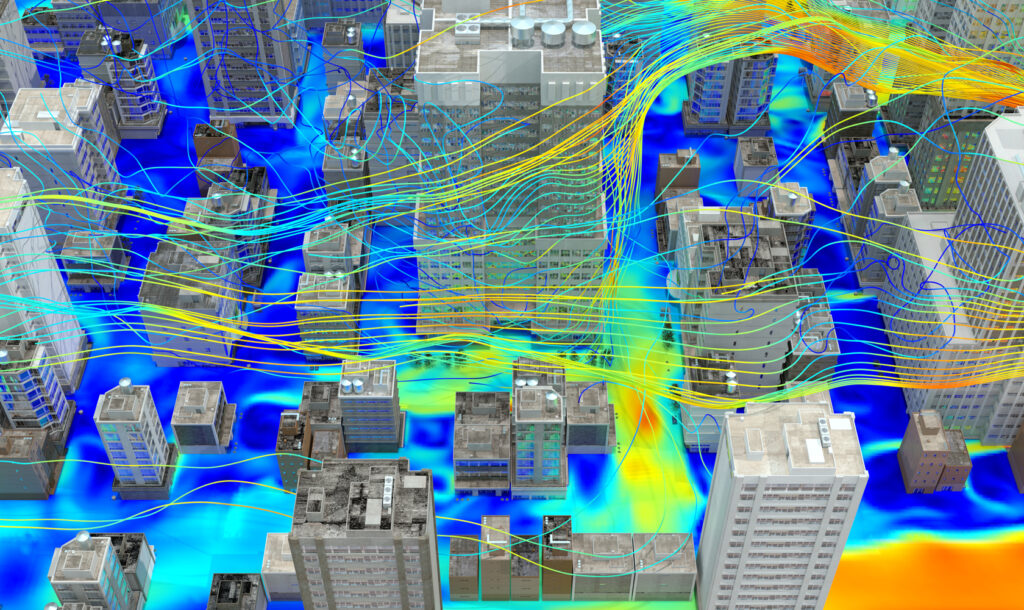CFD & Movement Models
Advanced Analysis for Fire Safety and Evacuation Planning
Computational Fluid Dynamics (CFD) and movement models are cutting-edge tools that revolutionise fire safety and evacuation planning. At Black Mountain Fire Consultants, we use these advanced modelling techniques to predict fire behaviour, optimise evacuation routes, and validate fire safety strategies for complex buildings.
Our expertise ensures that your fire safety plan is backed by data-driven insights, providing confidence in both compliance and occupant safety.
What Are CFD & Movement Models?
CFD and movement models simulate the dynamics of fire, smoke, and occupant behaviour in a virtual environment. These simulations allow us to assess fire safety strategies and evacuation plans under various scenarios, providing a robust foundation for performance-based design.
Key aspects include:
- CFD Modelling: Analysing fire spread, smoke movement, and heat transfer within a building.
- Movement Modelling: Simulating occupant evacuation to optimise escape routes and minimise risks.
These models are invaluable for complex, high-risk, or unconventional building designs.
When Are CFD & Movement Models Required?
The implementation of Computational Fluid Dynamics (CFD) and movement models represents a fundamental component of contemporary fire engineering analysis. As a fire safety engineer with extensive experience in computational modelling, I can affirm that these tools are essential when developing performance-based design solutions that deviate from prescribed codes and standards.
BS 7974 (Application of Fire Safety Engineering Principles to the Design of Buildings) establishes the framework within which we deploy these sophisticated analytical tools. CFD modelling becomes a prerequisite when quantifying the development and movement of smoke within complex architectural volumes. This is particularly pertinent when analysing spaces where traditional zone models cannot adequately capture the fluid dynamics at play, such as in atria exceeding 10m in height or interconnected spaces where smoke stratification behaviour requires detailed examination.
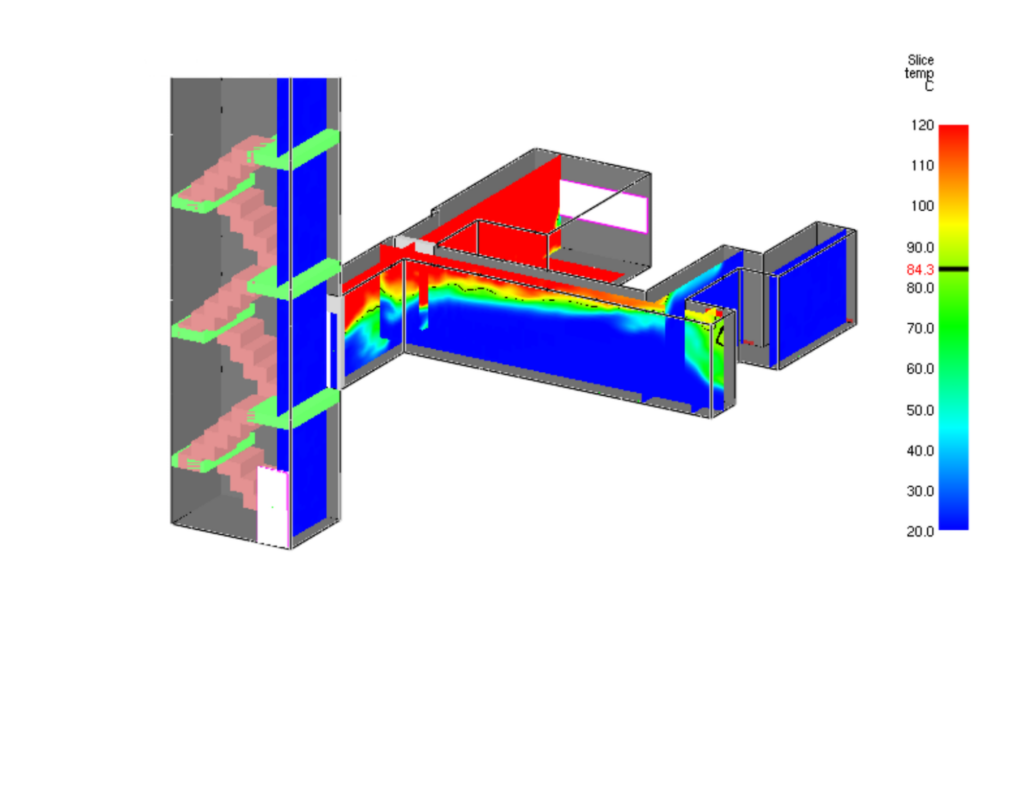
Our engineering experience demonstrates that movement models become essential when evaluating Available Safe Egress Time (ASET) versus Required Safe Egress Time (RSET) calculations. This is especially critical in buildings where occupant behaviour and movement patterns significantly influence evacuation strategies. The integration of these models allows us to demonstrate compliance with the functional requirements of Building Regulations Approved Document B through quantifiable performance criteria.
The technical justification for CFD becomes compelling when designing smoke control systems for complex geometries. PD 7974-2 (Engineering Methods for Fire Safety Design) specifically references the necessity of advanced modelling techniques when dealing with spaces where simplified calculations cannot adequately predict smoke layer descent rates or temperature stratification. Our analysis typically incorporates full transient simulations to capture the temporal evolution of smoke movement and its interaction with mechanical ventilation systems.
In practice, we find that CFD analysis is indispensable when developing alternative solutions for buildings where standard approaches prove inadequate. This includes scenarios such as extended travel distances, reduced structural fire resistance periods, or innovative smoke control strategies. The models provide the quantitative evidence required by Building Control Bodies and fire authorities to validate these engineering solutions.
The application of movement models becomes particularly critical when analysing evacuation scenarios in high-occupancy venues or buildings with phased evacuation strategies. BS 9999 (Fire Safety in the Design, Management and Use of Buildings) recognises the importance of such analysis in demonstrating that adequate means of escape provisions are maintained throughout the evacuation process. Our modelling typically accounts for occupant characteristics, pre-movement times, and behavioural responses to alarm conditions.
Our Approach to CFD & Movement Models
Our fire engineering team employs PyroSim and Pathfinder as our primary analytical tools, representing industry-leading platforms for Computational Fluid Dynamics (CFD) and evacuation modelling. PyroSim’s sophisticated interface to Fire Dynamics Simulator (FDS) combined with Pathfinder’s advanced movement modelling capabilities enables us to deliver comprehensive, validated analysis for projects of any complexity.
We begin each analysis by establishing clear performance criteria through stakeholder consultation. This initial phase involves detailed discussions with architects, building control bodies, and fire authorities to define acceptance criteria that align with both regulatory requirements and project-specific objectives. Our extensive experience with PyroSim enables us to anticipate potential challenges and develop appropriate modelling strategies from the outset.
Our computational models in PyroSim follow a meticulous quality assurance process. The software’s powerful geometric modelling capabilities allow us to create detailed representations of buildings, incorporating all relevant architectural features that might influence smoke movement. We conduct mesh sensitivity studies using PyroSim’s built-in tools to ensure optimal grid resolution while maintaining practical simulation times.
For complex projects, we utilise PyroSim’s parallel processing capabilities to conduct multiple simultaneous simulations. This computational efficiency, combined with Pathfinder’s rapid simulation capabilities, enables us to evaluate numerous design alternatives and optimise solutions within project timeframes. Our investment in advanced computing resources ensures we can handle projects of any scale or complexity.
The results of our PyroSim and Pathfinder analyses inform practical fire safety solutions that balance safety, cost, and architectural objectives. Our recommendations are always grounded in engineering principles and supported by quantitative analysis, providing a robust basis for design decisions and regulatory approval.
Why Choose Black Mountain Fire?
Extensive Experience
With over 20 years of industry expertise, Black Mountain Fire Consultants bring a wealth of knowledge and hands-on experience to every project, ensuring the highest level of service and reliability.
Proven Expertise
Our team has a track record of delivering exceptional fire consultancy solutions, tailored to meet the unique needs of businesses and industries, ensuring compliance and safety.
Commitment to Excellence
We prioritise customer satisfaction by providing professional, efficient, and high-quality services, making us a trusted partner in fire safety and risk management.
Key Applications of CFD & Movement Models
Through our extensive experience with PyroSim and Pathfinder, we deploy advanced computational modelling across a diverse range of fire engineering applications. These sophisticated tools enable us to provide quantitative analysis for complex scenarios where traditional calculation methods prove insufficient for demonstrating compliance with life safety objectives.
In the development of performance-based solutions for atria and large spaces, our CFD analysis using PyroSim provides detailed predictions of smoke layer formation and descent rates. This analysis proves particularly valuable when evaluating smoke control system effectiveness, enabling precise specification of extract rates and makeup air provisions. The software’s capability to model complex architectural geometries allows us to optimise smoke reservoir configurations and validate the positioning of smoke ventilation equipment.
For underground structures such as basement car parks and railway stations, we utilise PyroSim’s comprehensive ventilation modelling capabilities to evaluate smoke clearance rates and assess the effectiveness of jet fan systems. The software’s ability to simulate pressure-driven flows enables accurate prediction of smoke movement through complex networks of spaces, accounting for factors such as stack effect and wind influences on ventilation performance.
Why Are CFD & Movement Models Important?
In contemporary fire engineering practice, advanced computational modelling through platforms such as PyroSim and Pathfinder has become indispensable for developing and validating fire safety strategies. These sophisticated tools provide quantitative insights that prove crucial for demonstrating compliance with life safety objectives, particularly in complex buildings where traditional prescriptive approaches may be impractical or insufficient.
The ability to accurately predict smoke movement patterns represents a fundamental advantage of CFD modelling. PyroSim’s advanced computational capabilities enable us to evaluate complex fluid dynamics phenomena that would be impossible to assess through simple hand calculations. This detailed analysis proves essential when designing smoke control systems, where the interaction between architectural features, mechanical systems, and fire-induced flows determines the effectiveness of life safety provisions.
Movement modelling through Pathfinder provides critical insights into occupant behaviour and evacuation dynamics. The software’s sophisticated algorithms account for human factors that significantly influence evacuation success, including pre-movement times, route choice behaviour, and crowd interactions. This level of analysis proves invaluable when developing evacuation strategies that must accommodate diverse occupant characteristics and complex building layouts.
Regulatory Framework for CFD & Movement Models
The application of Computational Fluid Dynamics and movement models in UK fire engineering operates within a comprehensive regulatory framework, PyroSim and Pathfinder aligns with these requirements, ensuring that our analysis meets both regulatory compliance and best practice standards for fire safety design.
BS 7974 (Application of Fire Safety Engineering Principles to the Design of Buildings) provides the foundational framework for fire engineering analysis in the UK. This standard, along with its published documents, establishes the principles for using computational modelling in fire safety design. PD 7974-6 specifically addresses occupant evacuation modelling, while PD 7974-2 covers fire development and smoke spread calculations, providing essential guidance for our PyroSim and Pathfinder analyses.
Building Regulations Approved Document B recognises fire engineering approaches as an alternative means of achieving compliance with functional requirements. When developing performance-based solutions, our computational modelling must demonstrate equivalence or superiority to prescriptive solutions. This process typically involves consultation with building control bodies and fire authorities, where our PyroSim and Pathfinder analyses provide the quantitative evidence necessary to support design proposals.
BS 9999 (Fire Safety in the Design, Management and Use of Buildings) provides specific guidance on risk-based approaches to fire safety design. Our computational modelling aligns with these risk categories, with PyroSim analysis helping demonstrate adequate smoke control provisions and Pathfinder validating evacuation strategies appropriate to occupant characteristics and building complexity.
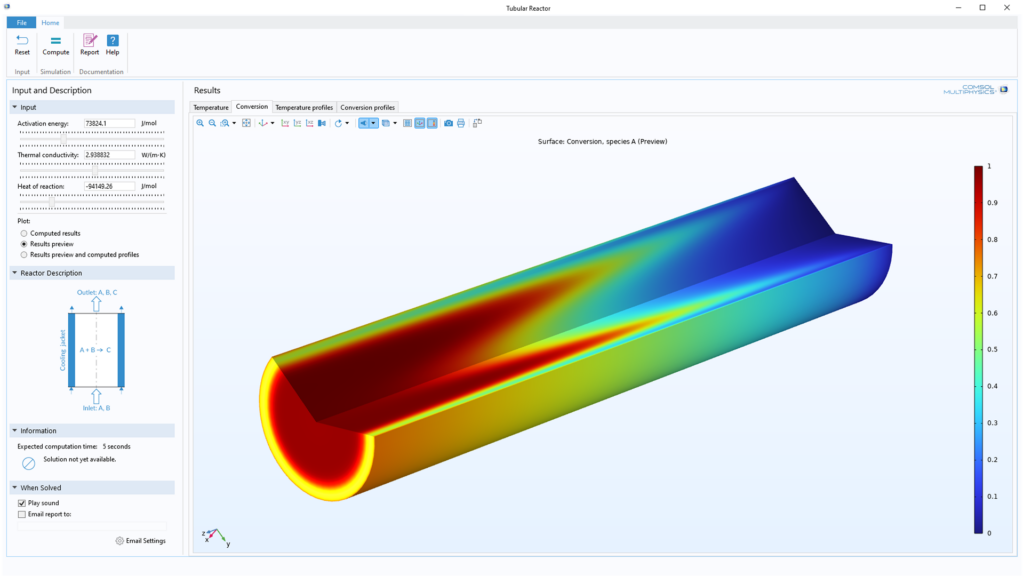
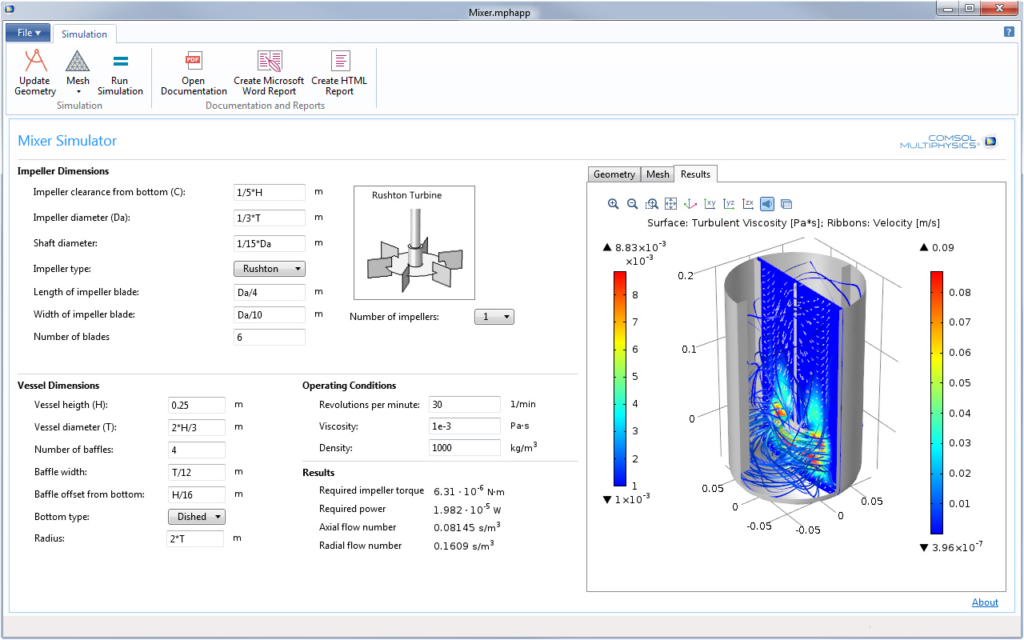
The SCA (Smoke Control Association) Technical Standards provide industry guidance for smoke control system design and testing. Our computational modelling approach incorporates these recommendations, with PyroSim analysis helping validate system specifications and control strategies across various operating scenarios.
For heritage buildings, Historic England guidance recognises the value of computational modelling in developing alternative fire safety solutions. Our analysis helps demonstrate how protection measures can be implemented while preserving historical significance, with both PyroSim and Pathfinder enabling evaluation of strategies.
Local authority requirements and planning conditions often necessitate specific consideration of fire safety measures. Computational modelling capabilities help address these requirements, providing detailed analysis that demonstrates compliance with local planning policies and site-specific constraints.
Sectors We Serve
Commercial Offices:
We provide detailed analysis for office developments, from high-rise towers to business parks, focusing on open-plan layouts, atrium spaces, and vertical escape arrangements.
Education Universities, schools, and research facilities benefit from our analysis of teaching spaces, laboratories, and assembly areas, ensuring safe learning environments.
Retail:
Our expertise covers shopping centres, department stores, and retail parks, addressing their unique challenges of complex spatial arrangements and varying occupancy patterns.
Healthcare:
We serve hospitals, care homes, and medical centres, with particular attention to progressive horizontal evacuation and defend-in-place strategies crucial for patient safety.
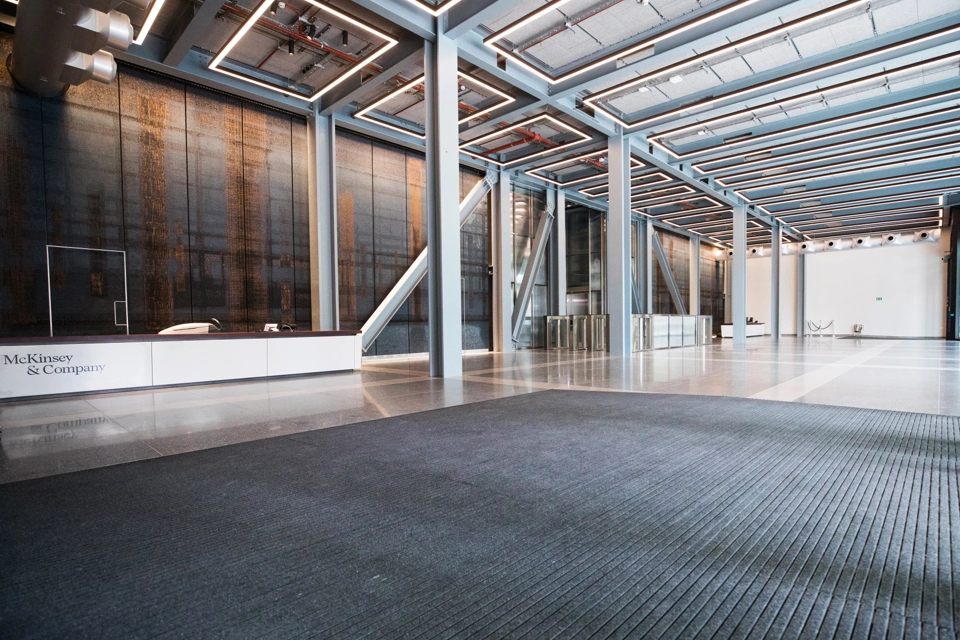

Transport Railway stations, airports, and interchange facilities rely on our modelling capabilities to manage complex passenger flows and smoke control strategies.
Industrial We support manufacturing facilities, warehouses, and process plants, addressing their specific hazards and operational requirements through detailed analysis.
Heritage Historic properties receive careful consideration, balancing conservation requirements with fire safety objectives through sympathetic engineering solutions.
Residential Our expertise covers apartment buildings, student accommodation, and hotels, with particular attention to sleeping risk and occupant safety.
Mixed-Use We provide comprehensive analysis for developments combining multiple occupancy types, ensuring cohesive fire safety strategies across different building uses.
Get in Touch
Whether you’re designing a new development or optimising safety in an existing structure, we are here to support you. Contact us today to discuss how we can provide advanced simulations that prioritise safety, compliance, and efficiency. Let’s build safer, more secure environments together.
Established in 2022, ‘Black Mountain Fire Consultants’ strives to be the leading fire safety specialists in the UK.
Quick Links
Get In Touch
Llandeilo Office
11 Caledfwlch, Cwmifor, Llandeilo, Carmarthenshire, SA19 7BT
- Email: info@blackmountainfire.com
- Phone: 0330 043 9093
Oppening Hours
Open 24 Hours Monday – Sunday
Website Designed & Managed By Providence Web Services

